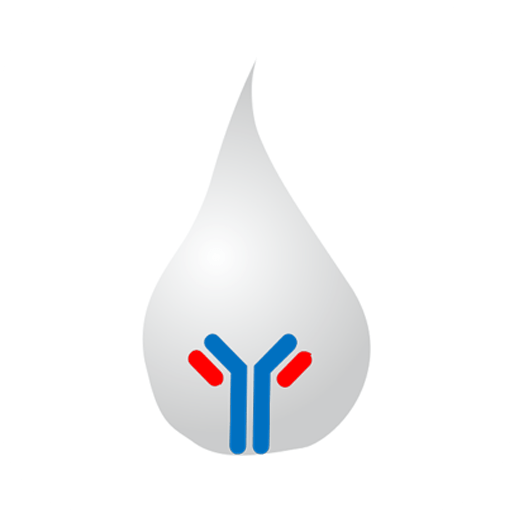Description
| CATALOG # | OttoBC135 |
| PRODUCT NAME | Total Cholesterol Assay Kit |
| APPLICATIONS | Fully automated analyzer, Spectrophotometer |
| REACTIVITY | Universal |
| SAMPLES TYPE | Serum, Plasma (Edta or Heparin) |
| Content | Explanation | Shelf life |
| Reagent-1 | 1x30ml | 6 months |
| Calibrator | 1×0.5ml | 6 months |
| Q.Control | 1×0.5ml | 6 months |
1. Abell L. et al. Standard Methods in Clinical Chemistry 1958; 26:2.
2. Allain C.C. et al. Clin Chem 1974;20:470
3. Burchard H. Beitrâge zur Kenntnis der Cholesterine. Dissertation Rostock 1889.
4. Cohn J.S., McNamara J.R., Schaefer E.J.. Lipoprotein Cholesterol Concentrations in the plasma of Human Subjects as Measured in the fed and Fasted States. Clin. Chem 1988;34:2456-2459
5. Glick M.R., Ryder K.W., Jackson SA.. Graphical Comparisons of Interferences in Clinical Chemistry Instrumentation. Clin Chem 1986;32:470-474
6. Greinling H., Gressner A.M. eds. Lehrbuch der Klinischen Chemie und Pathobiochemie. 3rd ed. Stuttgart/New York: Schattauer, 1995
7. Liebermann C. Ber Dtsch chem Ges 1885; 18:1803
8. Pisani T., Gebski C.P., Leary E.T. et al. Accurate Direct Determination of Low- density Lipoprotein Cholesterol Using an Immunoseparation Reagent and Enzymatic Cholesterol Assay. Arch. Pathol Lab Med 1995;119:1127
9. Recommendations for Improving Cholsterol Measurement: A Report from the Laboratory Standardization Panel of the National Cholesterol Education Program. NIH Publication No. 90-2964, February 1990
10. Roeschlau P. et al. Z Klein Chem Klein Biochem 1974;12:226
11. Second Report of the Expert Panel on Detection, Evaluation and Treatment of High Blood Cholesterol in Adults. NIH Publikation No. 93-3096, September 1993
12. Siedel J. Hagele E.O., Ziegenhorn J. et al. Clin Chem 1983;29:1075.
13. Study Group, European Atherosclerosis Society. Strategies for the prevention of coronary heart disease: A policy statement of the European Atherosclerosis Society. European Heart Journal 1987;8:77
14. Thomas, L., Labor und Diagnose, 5th. ed. (1998)
15. Tietz N.W. eds. Clinical Guide to Laboratory Tests, 3.Auaflage.Philadelphia, Pa: W.B. Saunders Company, 1995:130-131
Wiebe D.A., Bernert J.T. Clin Chem. 1984;30:35
